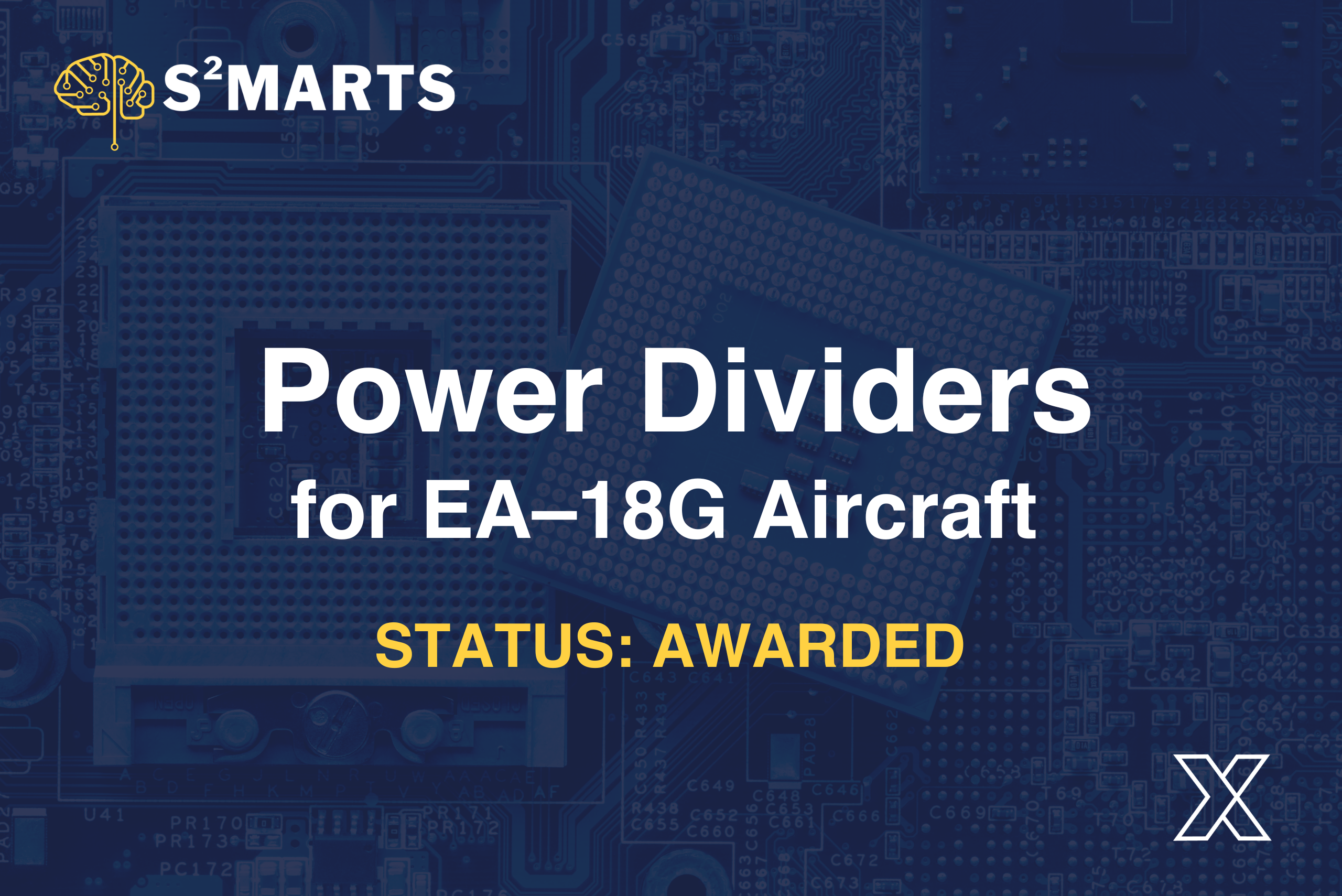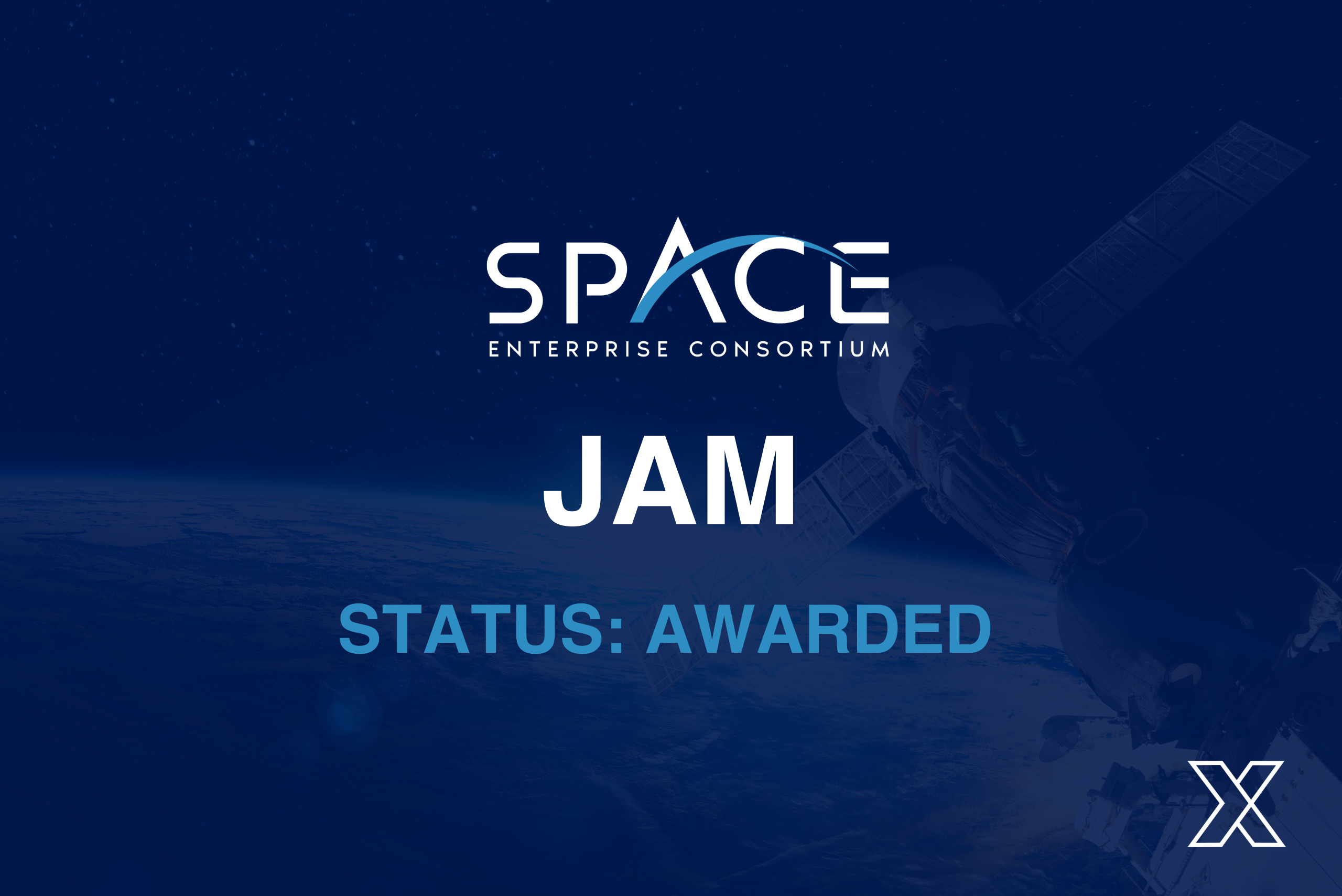Why is Space Domain Awareness Important?
May 18, 2023

In 2022, there were at least 4,852 active satellites out in space. More than 7,000 old satellites were orbiting the Earth as space debris.
As many as 20,000 additional satellites will enter Earth’s orbit in the near future. The space around Earth is congested and getting more crowded all the time.
What keeps those satellites from crashing into each other? With all this space traffic, the role of space domain awareness has taken on more significance.
The US military cares about what’s out in space and what it might get used for. They have their own significant focus on space domain awareness.
What are they doing about all this activity in space? Why is it so important to know what all these satellites are doing? Read on to learn more about the military and their high level of interest in space, and how the SpEC OTA can help provide rapid space technology innovations.
Space, Competitive and Crowded
Humans focus on the environment around them for things like conditions and population density. Yet, the space that orbits the Earth also has some dynamic things happening.
As science and technology evolve at a rapid pace, so have changes in what’s happening in space. Space is evolving quickly and getting crowded at the same time.
As more and more satellites get launched into space, it’s getting crowded. Imagine those thousands of satellites floating in the orbit around the Earth.
Also, imagine all the ones that are no longer functioning. They are space junk, debris, floating in the way of working satellites. Actually, it’s believed there are more than 27,000 pieces of space junk out there.
Not surprisingly, the US military’s interest in all this activity in space. The Department of Defense’s global Space Surveillance Network (SSN) is tasked with monitoring all this space junk and its impact on working satellites.
When NASA sends robotic or humans on a space flight, they worry especially about the space junk too small to track. While it might be difficult to track, it can cause real problems for space missions if they hit.
The International Space Station is under constant surveillance for the risk of being hit with space junk. NASA has a long-standing set of guidelines known as flight rules for what decisions need to get made when faced with the risk of proximity to space debris.
What Is Space Domain Awareness?
As activity in space increases, so does the importance of space domain awareness. Practicing space domain awareness for the military or in the private sector means you’re watching what’s happening in space.
Space domain awareness is monitoring and even studying the satellites that are orbiting the Earth. Space domain awareness means that there’s active watching of the satellites.
So, the satellites and artificial objects in space are:
- Detected
- Tracked
- Cataloged
- Identified
Artificial objects in space include:
- Active satellites
- Inactive satellites
- Used-up rocket bodies
- Space debris
There are several goals associated with space domain awareness. Of course, it’s important to know where the object is and where it might go. Scientists and the military also want to know when and where space debris might re-enter the Earth’s atmosphere.
It’s also important to create an active catalog of space objects and continually add new space objects sent into orbit. As part of space domain awareness, space objects, including active satellites, need to be monitored for their orbit, and what projected path they’ll follow.
US Military Space Domain Awareness for Threats
You might wonder how important space domain awareness is to the US military. Of course, it’s very important and considered the highest priority as a part of national security.
Some organizations within the US government closely monitoring space include:
- US Department of Defense
- US Air Force Space Command
- NASA
- Air Force Research Laboratory (AFRL)
- AFRL Maui Optical and Supercomputing Site
- U.S. Space Command’s National Space Defense Center (NSDC)
Some scientists might suggest that the initial idea behind space domain awareness was to avoid the potential for space collisions. Yet, for the US military, it’s more than that.
The US military cares about space collisions, sure, but they focus on potential military threats and what they can learn about those by studying satellites in space.
The military will use its technological might to monitor all that’s happening in space and to prevent a potential threat.
It’s important to prevent misreading a space object on radar and mistaking it for an incoming missile. This is key to preventing triggering a false alarm in the US military missile-attack warning sensors.
The military will monitor space objects to know which country owns them and whether they might interfere with other satellites or the orbit of the International Space Station.
They are also constantly in the process of data collection to monitor for future anti-satellite weapons systems.
Strengthening Space Domain Awareness for the US Military
Leaders across the military are touting the importance of continued and additional focus on space domain awareness. They already know the space arena is crowded and growing.
Gaining a continued and increased understanding of what’s happening in space is critical for US military operations. Knowing what the satellites in space are there for and why is key to understanding potential threats from other countries.
Military leaders know both China and Russia are focused on space and getting information through space satellites. The need to watch those satellites and what intelligence they hope to gather is key to national security for the US.
In order for the US military to understand space objects and their mission, they also need to wade through the debris congestion and anti-satellite threats that exist.
Lagging Behind in Space Situational Awareness from Other World Super Powers
To solve real problems in space, the military knows it needs to be a leader in the space arena. Using artificial intelligence and machine learning is key to the US becoming a leader in space information.
So, while the US military and their contractors recognize the threats in space. They also recognize the inherent need to monitor them. While they attempt to grow their capabilities through things like AI and machine learning, so do their adversaries like China and Russia.
As the US has worked to increase its capabilities, some feel as though they’re being more reactive to the advancements made by countries like China and Russia.
Military leaders would like to see the US leading what’s happening in space awareness, so more focused initiatives are needed.
Capabilities in Space Domain Awareness
So, what capabilities does the US have in space domain awareness? Remember, the goal of space domain awareness is to detect, track, identify, and characterize space objects.
As part of that intention, monitoring space objects for safety, security, and sustainability is also an important capability for the US military to monitor what’s happening in space.
As part of the awareness of what’s happening in space, space traffic management (STM) monitors the ability to enter space, function there, and then re-enter the Earth’s atmosphere. This includes the use of satellites and rocket technology.
STM is tasked with watching:
- Space weather
- Natural space debris
- Active orbiting space objects
Those in the arena of monitoring space often use the term space situational awareness, which is closely tied to space domain awareness. They are not, however, really the same.
Military space intelligence is a key factor in space domain awareness, but that’s not always a component of space situational awareness.
NATO and Space Domain
As mentioned, some in the military want more focus on space domain awareness. Yet, the US SDA is the leader in the world, working in conjunction with NATO friends to monitor space.
They work together to detect space objects. Then have actively worked to maintain and manage the large catalog of space object information.
While other friend countries of the US have some SDA capabilities, nobody can do it alone. They need the capacity of each other’s information to keep track of all that’s happening in the space arena.
Military and intelligence communities have traditionally seen space as a way to gather information. Some suggest it should be considered as its own domain that could actually act as a warfighting domain.
Of course, that only increases the need for knowledge of what objects are in space and why they’re there. Questioning what capabilities those objects have and what threats they pose needs to be at the forefront of space domain awareness.
Combat Power Using Space Domain Awareness
The Space System Command Program focuses on space domain awareness and its connection to combat power.
They use cyber, ground- and space-based systems for information gathering. Their goal is to:
- Detect threats
- Warn of threats
- Characterize the threat
- Predict potential threats
- Attribute where the threat comes from
They provide national security capabilities for the US, as well as allies and commercial entities.
Military Focus on Space Domain Awareness
Space domain awareness is a critical component of the US military’s ability to know and understand what’s happening in the crowded space arena. They’re using all the space domain awareness tools in their arsenal to keep track of and protect the US from threats in space. The SpEC OTA through NSTXL leverages the innovative technologies from our community. By pushing the boundaries of traditional government contracting, we deliver the best solutions without wasting time or money. Driven by a shared passion to quickly deliver critical technologies to the end-user, we are redefining government and industry collaboration.
If you are interested in pursuing upcoming opportunities with the federal government, NSTXL can help you get started.





